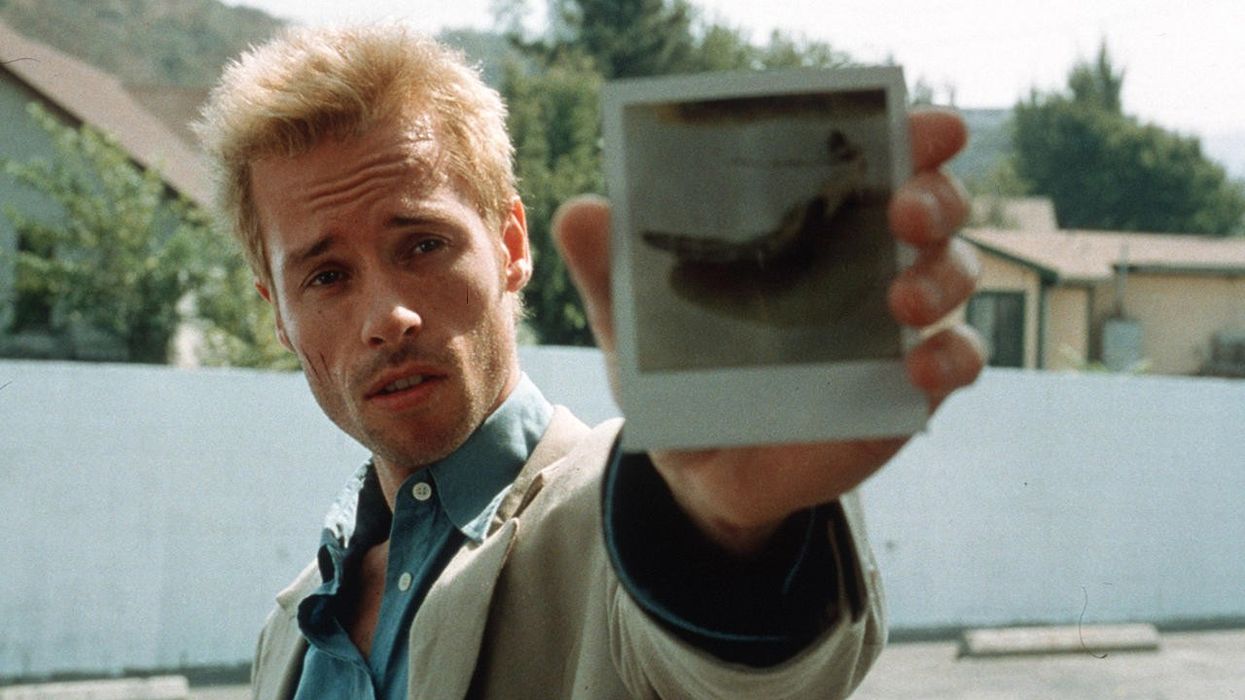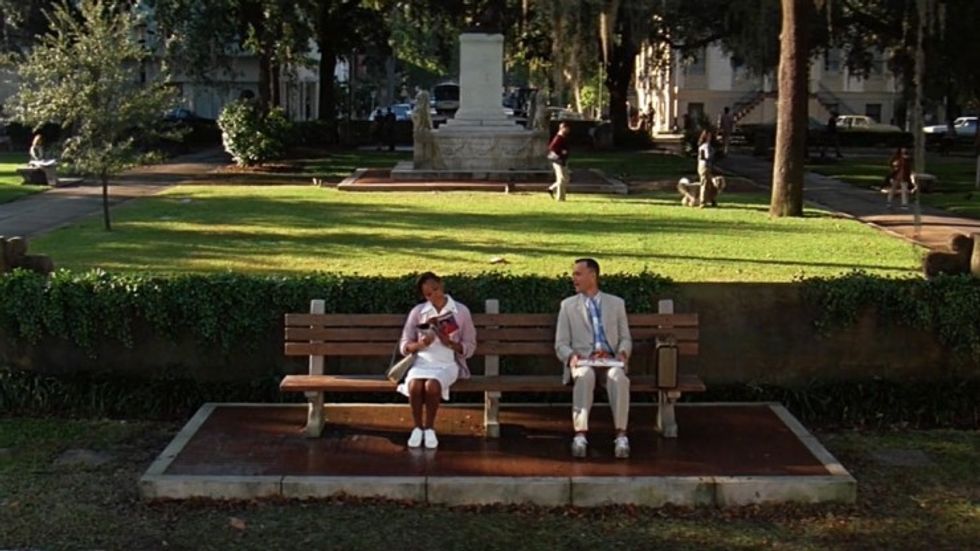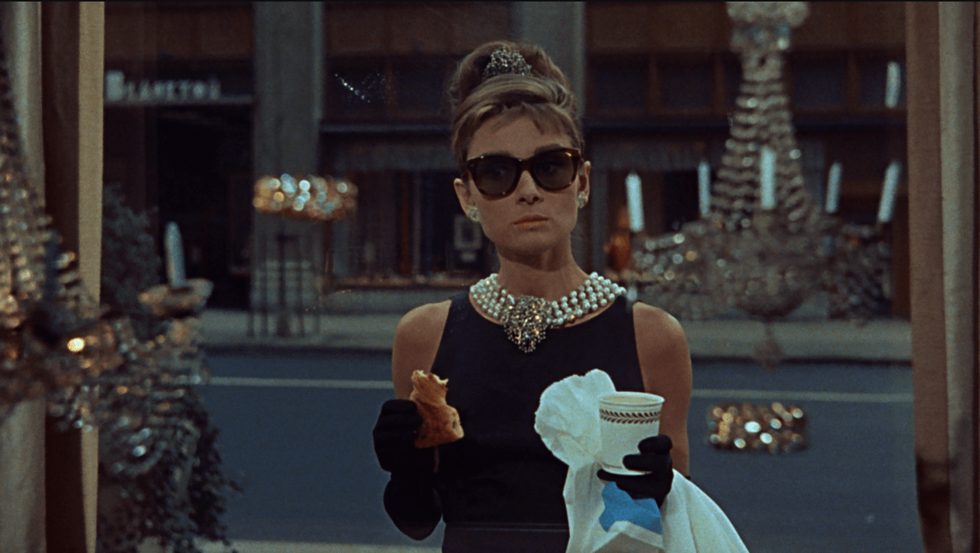Watch: How Christopher Nolan Crafted the Intricate Backwards Story of 'Memento'
17 years after its release brought Christopher Nolan to the attention of Hollywood, this video examines how Memento manages to tell a meaningful story—in reverse.

As Michael Tucker says at the beginning of this latest video from Lessons from the Screenplay, all these years later, "most people don't remember Memento because of its premise, or the details of its story. What makes it memorable is the way the story is told."
Telling a story in reverse-chronological order is, on one level, as sort of gimmick, like telling a film in real-time or shooting a single take. What elevates Memento's narrative from gimmickry, though, is that its bizarre structure is integral to our experience of watching the film. It is, in fact, what gives the film meaning.
Tucker notes that the premise of the film would, without the film's structure, be fairly run-of-the-mill: "A man with short term memory loss seeks revenge on the man who killed his wife." Though the protagonist of a story with this premise lives from moment to moment, unable to remember his life, Christopher Nolan hit upon the idea of giving the audience a similar experience.
Nolan is quoted in the video: "One day I came up with this notion that if you withhold the information from the audience that’s withheld from the protagonist, then you’re doing quite a good job of putting them in his head...The way to do that is to structure the film backward."
Tucker's argument is that this is Memento’s "designing principle." Within the structure this principle forms, it is the questions Leonard (Guy Pearce) asks himself throughout the film that drive its action.
Tucker has these questions tiered on three levels:
1. Central Questions
These are the questions that we, the audience, have about what we're seeing—specifically, about Leonard and his plans. For instance, in the first scene, we see him shoot Teddy, and this shooting raises questions as to why he did it, if this man really was the man whom Leonard sought, and, more important, which secrets could Leonard be hiding from?
2. Polaroids
Leonard photographs everyone he meets; he writes messages to himself on the back of Polaroids as a way to keep his life ordered. The Polaroid he takes of Carrie Moss' character says, "She has also lost someone. She will help you out of pity." But, as Tucker notes, "While we first see this note on page 17...it's not until page 43 that we see the context in which he wrote it."
And the fact that there is something scribbled out adds to the mystery of what was written, and why it was covered. The payoff, when it comes all those pages later, is that, at least according to Teddy, she is untrustworthy and manipulative. However, no sooner has Teddy absented himself than Leonard looks at the note he wrote about him: "Don't believe his lies."
The questions on this level have to do with the clues on the photos, why Leonard wrote them, and deal more with subjective identification with the character.
3. "What Am I Doing?"
In most films, we end each scene thinking, "What's going to happen next?" In Memento, however, the question is, "What just happened?"
In this way, we are catapulted into Leonard's mind. Tucker's position is that "Nolan keeps these reverse-chronological scenes intriguing...But an entire film made up of only this structure could get fatiguing pretty quickly." So Nolan has to add another dimension— another layer of questions—which manifests in the Sammy Jankis plot.
A man with the same condition as Leonard, Sammy's story provides narrative relief to the audience, as well as context, and something familiar to follow. But these scenes also explain Leonard to us, and in the end, are what give the film its true payoff.
This is, according to Tucker, the most impressive aspect of Memento: "That Christopher Nolan designed the plot so that we'd be learning about Leonard's backstory in the black-and-white scenes, following his current journey... backwards in the color scenes, and still experience a huge revelation at the end of the film."
Memento isn't just about a man trying to figure out who he can trust; it's a story about whether we can trust ourselves. In that sense, it fulfills Aristotle's criterion for a satisfying dramatic ending, i.e., that it be surprising and inevitable. This is what makes Memento more than just a movie with a neat narrative gimmick. It's a supremely crafted piece of pop art.
Source: Lessons from the Screenplay















